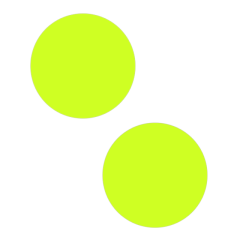Based on the discussion in the last tutorial, I focused on exploring the trajectory of the interaction between the dynamic behaviour of the human body and space.
I explored how the whole trajectory could be represented with a visual residual effect based on the previous week’s climbing trajectory, which I found to be sufficient to represent every moment of moving.

Attending the VA Museum on Friday, I recorded the dynamic behaviour of a female dancer’s body as she interacted with the interactive video work. So I used this recording as an iteration of this week’s project to explore and choose to further experiment with dynamic representations of the human body’s movement trajectory.

The iteration of this week is an attempt to visualise the trajectory of the human body. However, we cannot see the whole trajectory, but if we cross the time limit, we can imagine the whole trajectory, just like this dynamic residual image.
Tried to represent the time trajectory presented in this 25 second video in the form of a flip book. When you quickly flip through the book, you can see the dynamic trajectory of the 25 seconds of video in a flash. This means going beyond the limits of time and presenting the trajectory of time in four dimensions.

Tried to overlap all the moving trajectories of these 25 seconds and used them to represent this time trajectory as well.

These are my references from this project and they have had some influence on the direction of my iteration this week.

This dance work was inspired by the emotions expressed in the body movements through dance as a way of showing the interaction and dependence of disabled people on each other and space.
This form of dance influenced my visualisation of human movement, that is, the use of five dots as a graphic representation of the human body’s dynamics in space.

Influenced me the most was the idea mentioned in this book, “People are four-dimensional creature, existing not only in space but also in the timeline of four-dimensional space, and must follow the laws of the passage of time, so we can only see the dynamics of the current second.”
However, if one looks across time, the dynamic trajectory of the human body over a period of time is strung out like a very long worm, and the length of this dynamic trajectory is the length of time rather than the length of the distance moved. Just as in a human life from birth to old age, the length of this trajectory is the length of a lifetime.
